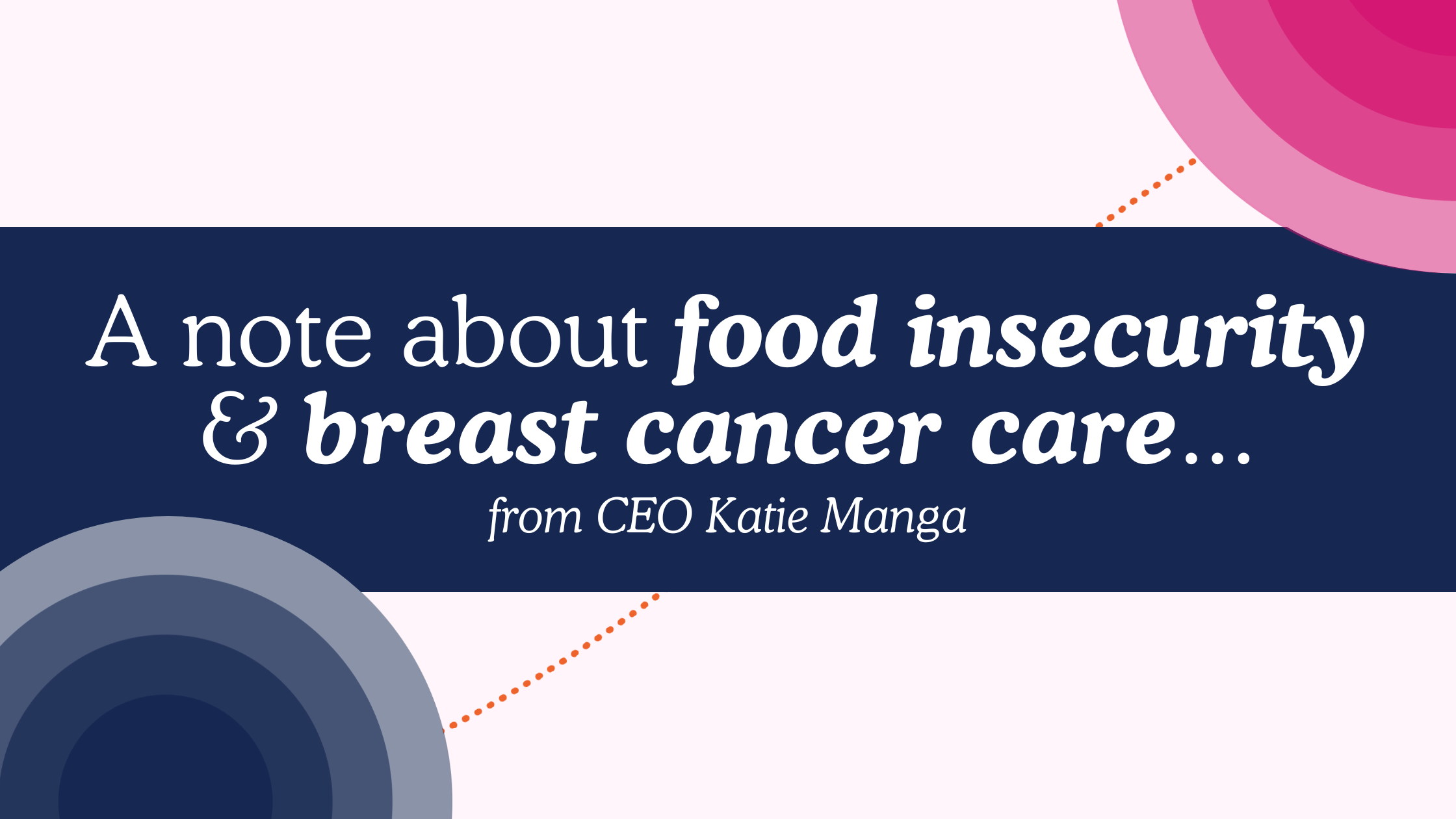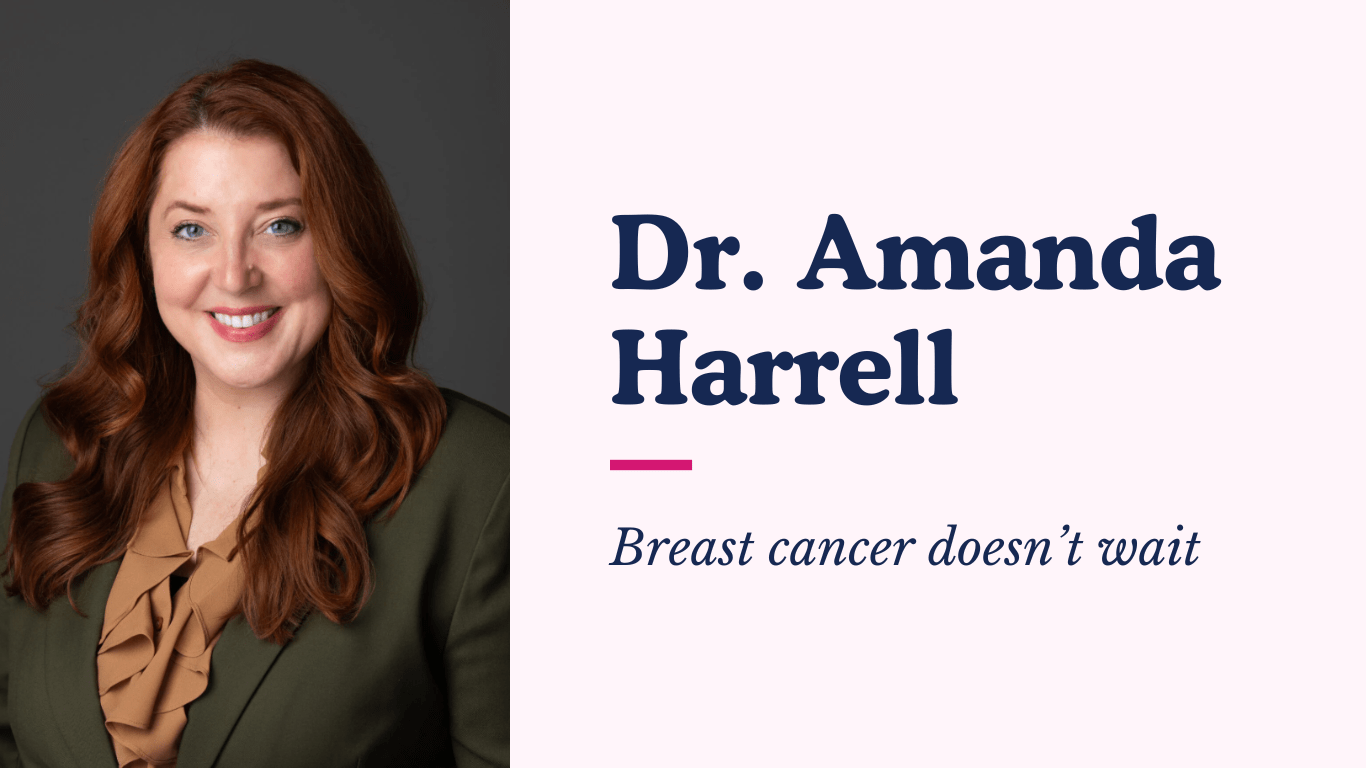On October 26, Gateway to Hope presented the preliminary findings of a large research project designed to uncover — and address with urgency — the root causes of breast healthcare disparities in the St. Louis region and beyond. The project, funded by Missouri Foundation for Health, will include multiple reports that reveal and uncover root causes, a Breast Cancer Consortium that will work to address systems gaps and fragmented care, and ongoing data collection to ensure accountability to outcomes over time. This work will begin in St. Louis, and will expand across Missouri in coming years.
When caught soon enough, breast cancer has a 90+% cure rate. And, while environmental and historical factors also impact outcomes, there are many systemic barriers that cause women to fall through the cracks or never access prevention and early detection care at all. These barriers result in inefficient, costly care — and unnecessary deaths. We can and should make changes in ways that not only save lives but also improve our healthcare system in cost-saving, efficient, permanent ways.
This first report and its preliminary findings are focused on two things: updating the public health data, at a zip code level, to better understand trends across St. Louis City and County; and, looking at provider capacity (comprised of time/hours of operation, talent/skilled workers available to deliver quality care, and technology/machines available) to properly detect breast cancer early enough to treat it.
The initial data is revealing and demands action. A summary of what was presented, along with a glimpse of what the project’s focus will be in coming months and years, is below. The presentation can also be accessed here.
Gateway to Hope would like to thank our partners at St. Louis County Public Health, St. Louis City Public Health, Missouri Department of Health and Senior Services, St. Louis region breast healthcare providers, Delmar Divine, The Clark-Fox Foundation, Missouri Foundation for Health, Emerging Wisdom, and the many community advocates who continue to issue a call to action to urgently address the stark disparities in our region. This project has, and will continue to, require unprecedented levels of collaboration. Gateway to Hope remains committed to ensuring that the work of this project and the Consortium is done in a collaborative way that creates change and keeps all partners at the table.
Preliminary Findings: Highlights Black women are 2-4x more likely to die from breast cancer than white women.
- This disparity is most stark when comparing West St. Louis County to North St. Louis County and City.
- The gap is the widest when looking at young women between the ages of 30-44.
- Before now, the most recent data on these disparities was six years old. This contemporary data shows us that even efforts in the last 5 years have not made a difference for the population — we must do things differently.
- It is not enough to understand that disparities exist. We must understand WHY, in order to design better interventions. That’s why Gateway to Hope launched this project.
St. Louis leads the way in quality mammography technology.
- 100% of mammogram machines use the best technology available: 3D Tomosynthesis machines.
St. Louis is only using half of its capacity to provide early detection care.
- Capacity is calculated as time/hours available to provide care, technology/machines available to provide care, and talent/skilled workforce available to provide care.
Only 50% of age-eligible women are receiving recommended screenings — and those rates are significantly lower in North County and North City.
- Typically for screening rates, public health officials utilize the BRFSS survey to understand cancer screening rates in communities.
- BRFSS data is unreliable, due to the fact that it is self-reported data. The confidence factor with BRFSS is low. So, Gateway to Hope sought to better understand actual screening rates by collecting the volume of screenings conducted by 27 of 32 providers in St. Louis City and County.
- This level of clarity is unprecedented. With this new method of collecting data, we’re able to act swiftly.
Next Actions + What’s to Come
- Gateway to Hope is leading the way with our programs: by expanding our navigation programs with emphasis on engagement in areas where mortality rates are high, and screening rate are low, we can help women get to care sooner.
- Many other organizations and the healthcare providers are committed to emphasizing care navigation and community engagement to immediately address the community need, while we work to address systemic failures.
- A comprehensive report with this data, and data yet to be collected, will be published in the Spring in collaboration with St. Louis City and County.
- The Breast Cancer Consortium will convene think tanks focused on specific issues — such as addressing capacity and workforce, addressing health literacy and engagement, outreach to young women, and more.
- Gateway to Hope will continue to share and report progress to stakeholders and the public as the work progresses.



